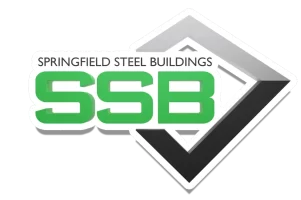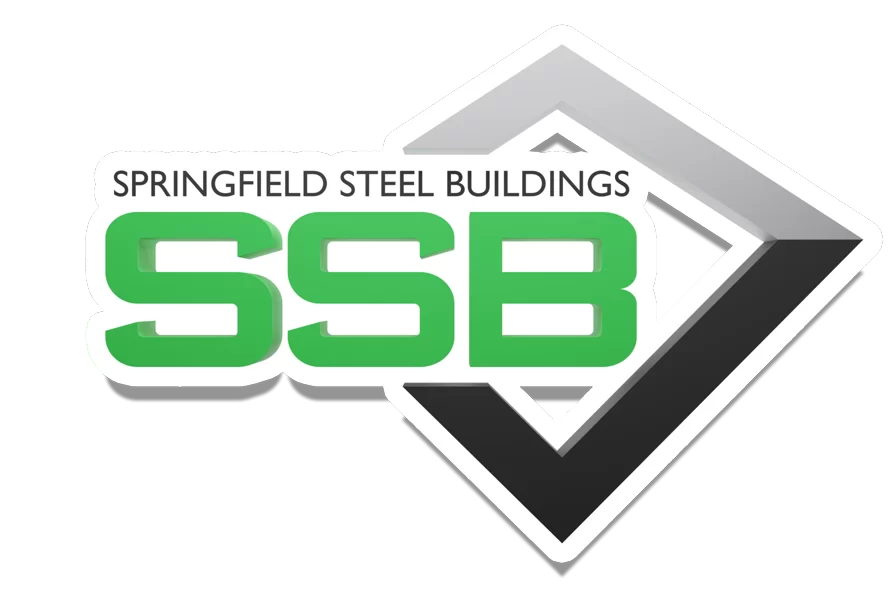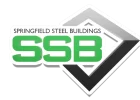This is one of the most common questions when it comes to steel buildings – do steel buildings need planning permission? At Springfield Steel, we recommend that you take advice from your local planning authority. You should contact them and arrange a chat about your intended steel building project, this initial meeting should give you a good indication about whether you will get to go ahead for planning permission or not. You can also seek other advice for different areas, sites and locations.
The next steps will involve your local planning permission authority letting you make a pre application. This will take around 2 to 3 weeks and you should then find out if your planning application has been approved, the authority can also provide you with information regarding any potential problems, as well as the chance for you to discuss them before you proceed with the application. Sometimes you may be asked to provide an environmental statement alongside your application, you will be advised on this.
Permitted Development Rights
In the UK, permitted development rights (PDR) allow certain steel structures to be built without formal planning permission, provided they meet specific criteria. These rights help businesses and property owners carry out construction projects without a lengthy approval process. However, failure to comply with regulations can result in enforcement action.
A key requirement is that the structure remains within defined size and height limits. The maximum height allowed depends on its location and distance from boundaries. For instance, agricultural buildings are subject to restrictions of different sizes than industrial or commercial steel structures. The purpose of the building is also essential; while some agricultural and industrial steel buildings qualify, residential or high-impact commercial structures typically require full planning permission.
PDR does not apply in protected areas, including conservation areas, National Parks, Areas of Outstanding Natural Beauty (AONB), Green Belt land, or sites near listed buildings. If the proposed site is within these zones, a full planning application will be required. Planning rules can vary between local authorities, so checking with the Local Planning Authority (LPA) before starting construction is essential.
General Planning Rules
When it comes to planning permission, this will be needed for any new types of commercial buildings – those which are over 4 metres in height. The usual time for planning permission procedures is from 6 to 8 weeks, but all local authorities and councils are different, so some may take a lot longer.
Temporary Steel Buildings
Temporary steel buildings are often used for short-term storage, industrial workspaces, or seasonal needs. Some of these structures do not require planning permission, but specific conditions must be met.
If a temporary steel building will be in place for less than 28 days, planning permission is usually not needed. However, if it is intended for long-term use, standard planning rules may apply. Another important factor is whether the structure is fixed to the ground; if it can be easily dismantled and moved, it is more likely to qualify as temporary.
Planning permission isn’t usually required for industrial buildings that are within 10 metres of the area of land surrounding boundaries, it must also not be 5 metres high. A new building isn’t permitted to be taller than 15 metres, the higher the height of the building with the surrounding areas that are lower. The area space of a new building shouldn’t exceed more than 100 square metres, the land outside must also not be over 200 metres.
Any alterations to existing buildings, planning permission isn’t needed as long as the building isn’t over 5 metres tall, subject to the being within 10 metres of the boundary.
Checking local regulations with the Local Planning Authority is always advisable to ensure a temporary structure meets the necessary criteria. This helps prevent disputes and unexpected enforcement actions.
These are also applicable:
The development needs to be in the existing boundary of the current building and not come with 5m of the surrounding area land.
- Should not be within the boundaries of a listed building
- Not reduce car parking or turning space
- The new space must relate to the existing use of the building
You can find the full planning permission regulations for industrial buildings on the UK Planning Portal.
Consequences of Non-Compliance
Failing to secure the required planning permission for a steel building can have serious consequences. Local authorities have the power to issue enforcement notices, which may require modifications or complete removal of the structure. Property owners could also face legal action or financial penalties if they do not comply with planning laws.
Non-compliance can cause problems when selling a property, as buyers and mortgage lenders often require confirmation that all structures meet planning regulations. Insurance policies may also be affected, as unapproved buildings could invalidate certain cover. To avoid these risks, ensuring compliance from the start is always the best approach.
Process for Retrospective Planning Permission
If a steel building has been built without the necessary planning permission, retrospective planning permission can be applied for through the Local Planning Authority (LPA). This process allows owners to legalise a structure after construction, provided it meets planning requirements.
The application must include full details of the existing structure, such as architectural drawings, site plans, and supporting documents. The local authority will assess whether the building complies with regulations and may request modifications or further justification.
Engaging with the planning process early can help avoid enforcement action. If retrospective permission is granted, the structure is legally recognised. However, if permission is refused, the LPA may require alterations to bring the building into compliance or, in some cases, order its removal. Applying for retrospective permission as soon as possible can help prevent costly legal issues.
Steel Buildings and Fire Regulations
In the UK building regulations will also require that steel buildings maintain their structural stability when exposed to fire. The regulations can vary in the UK but tend to start with steel buildings needing to retain their load-bearing capacity for a reasonable amount of time, this will allow people inside the building to escape.
Regulations will vary on the size as well as the use of the building and its position in relation to the property boundary. It’s important that fire can’t spread easily to neighbouring properties. You can find the full details of regulations and approved documents on the Government’s Planning Portal.
Fire Protection for Steel Buildings
There has been lots of research when it comes to the behaviour and effect of fire on steel buildings, this has resulted in a lot of fire protection solutions for steel buildings and frames becoming available.
Hot rolled steel frames can be treated with intumescent paint, cold rolled steel counterparts will react differently in a fire, this means that the product can’t be coated in intumescent paint. So when it comes to protecting columns, fire protection boards will be needed and they will provide fire resistance of up to 1.5 hours.
For more information on the planning permission and the fire protection regulations needed for steel buildings, feel free to get in touch with the team at Springfield Steel today.



